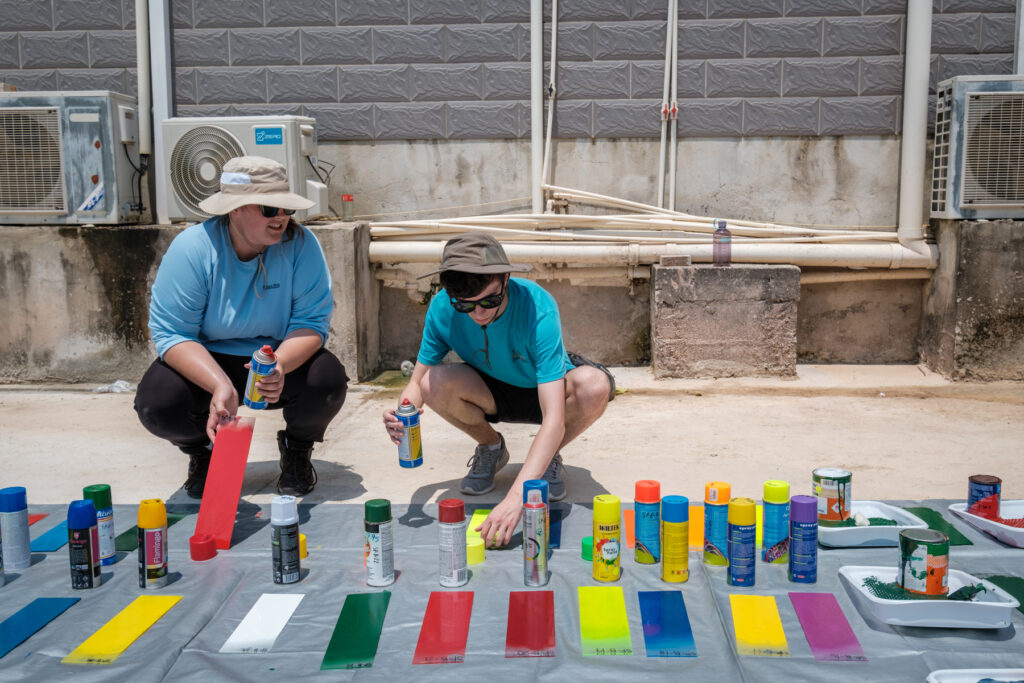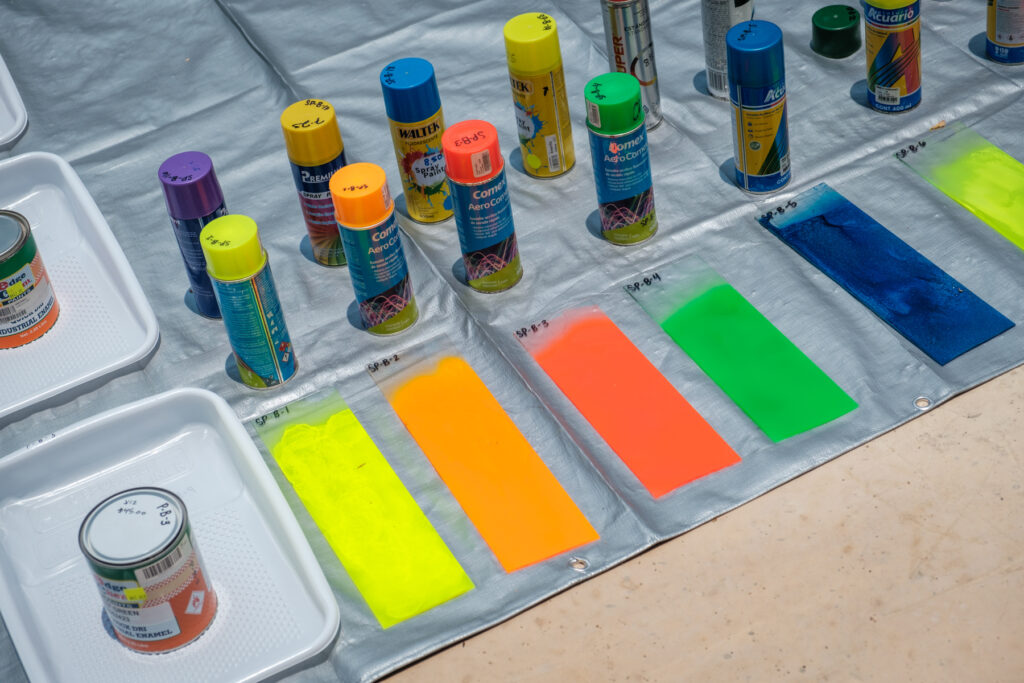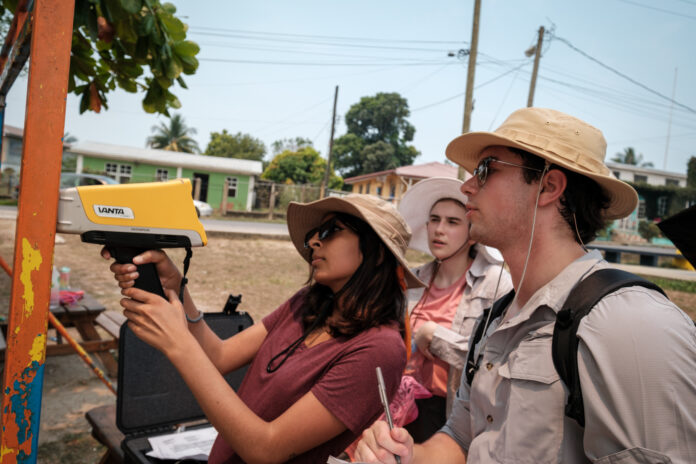
A Mercer University team tested for lead in paint and soil this summer as part of a new Mercer On Mission program in Belize.
Seventeen Mercer students participated in the program, which included screening paint on murals, outdoor exercise equipment and playground structures, as well as newly purchased paint. The team also trained students and faculty from the University of Belize to test for lead, so they may continue the work in their country.
Belize does not currently regulate lead in paint, said Dr. Adam Kiefer, Distinguished University Professor of Chemistry in the College of Liberal Arts and Sciences.
“The way we viewed it, our work that we did with the University of Belize, this was information gathering,” he said. “We tested paints from other countries around the world that were being sold in Belize to determine whether or not there was a problem.”
The on-site preliminary screening found a significant portion of the paints analyzed contained lead, he said. Those samples have been brought back to Mercer for further testing.
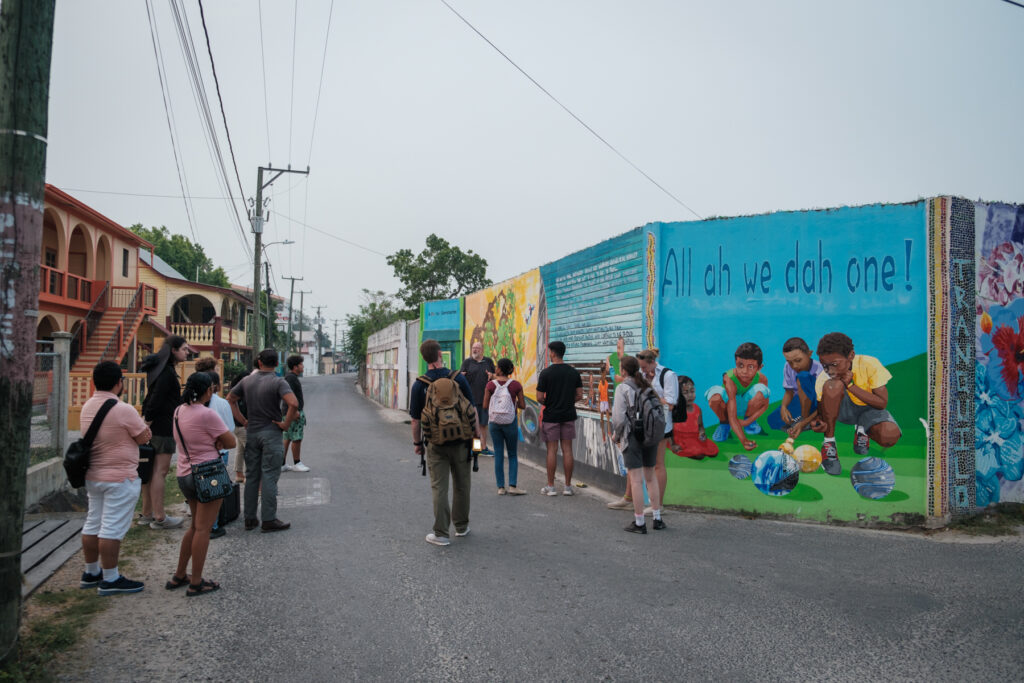
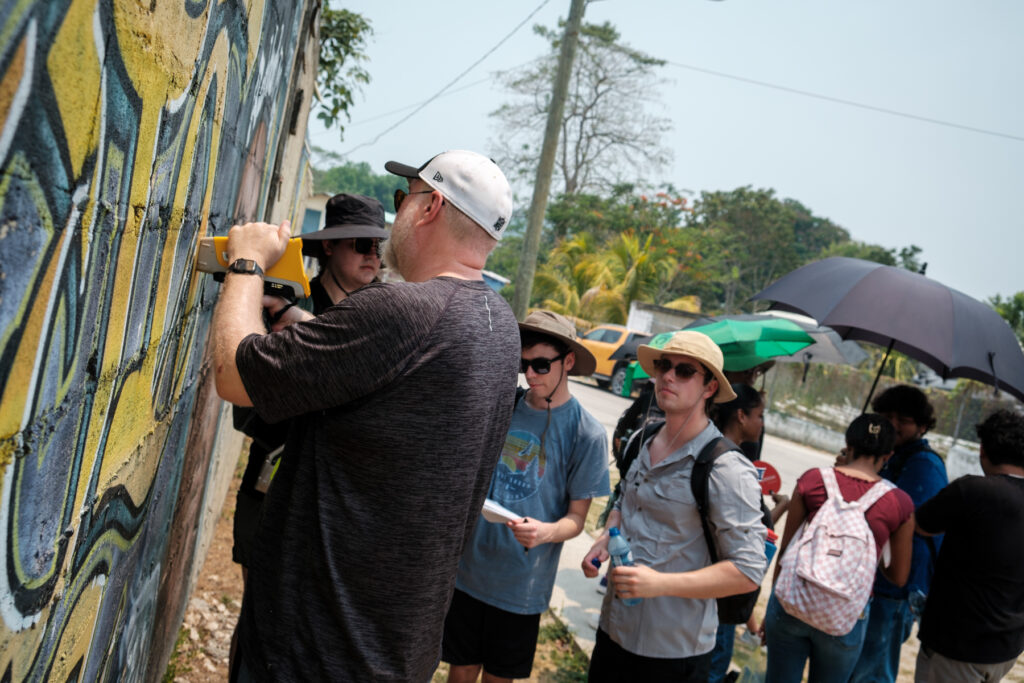
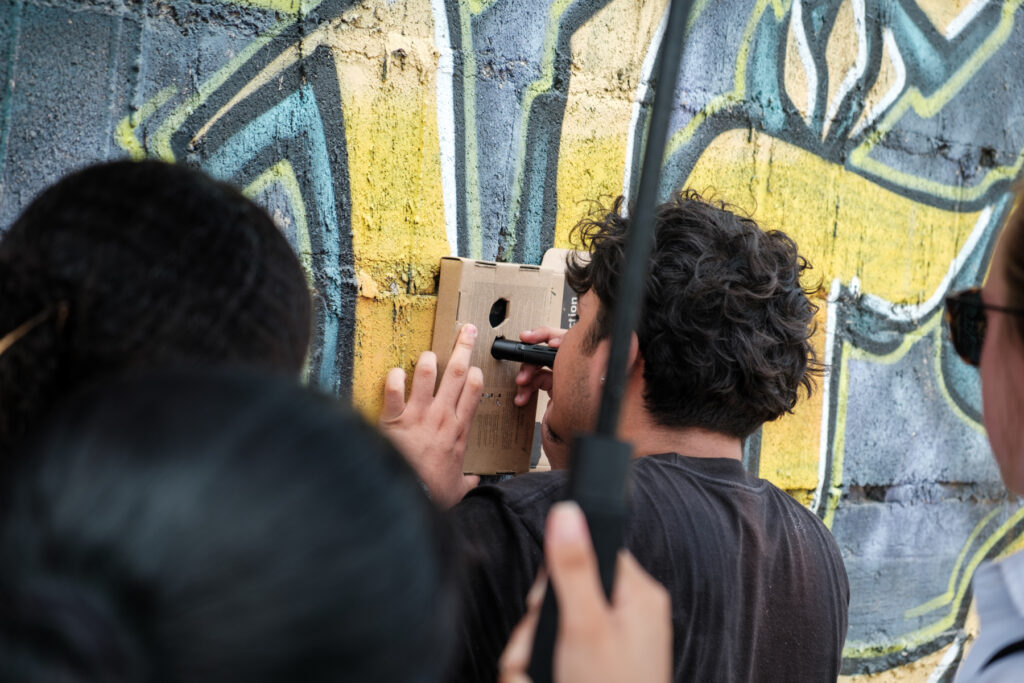
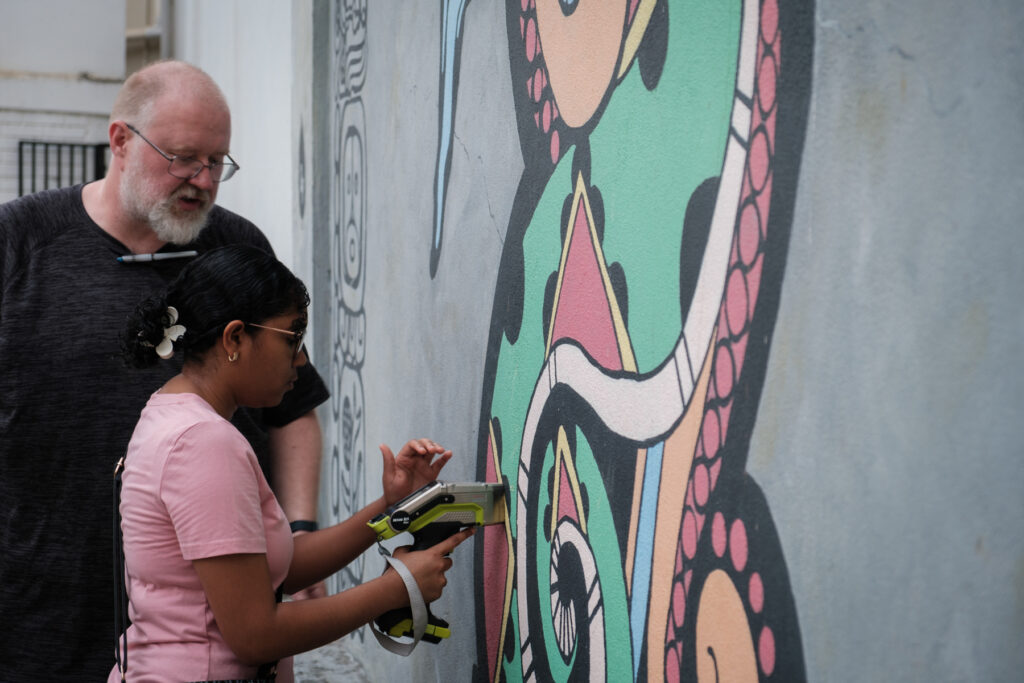
Dr. Kiefer led the program with Dr. Adaline Buerck, assistant professor of environmental and civil engineering in the School of Engineering. Dr. Amro Khasawneh, assistant professor of industrial engineering, and Dr. Sarah Bauer, assistant professor of environmental engineering, helped with the program.
Exposure to lead can cause lead poisoning and seriously harm a person’s health. It is especially dangerous for children, whose mental and physical development may be severely affected.
The Mercer team tested for lead using Lumetallix, a proprietary spray that visually demonstrates where lead is present. When Lumetallix is sprayed on a sample that contains lead, it glows a brilliant green under a black light, Dr. Kiefer said.
The visual presence of lead prompted additional testing of new paints purchased in Belize and neighboring countries using a Mercer-developed method involving a portable X-ray fluorescence, or pXRF, analyzer to measure the amount of lead in the paint.
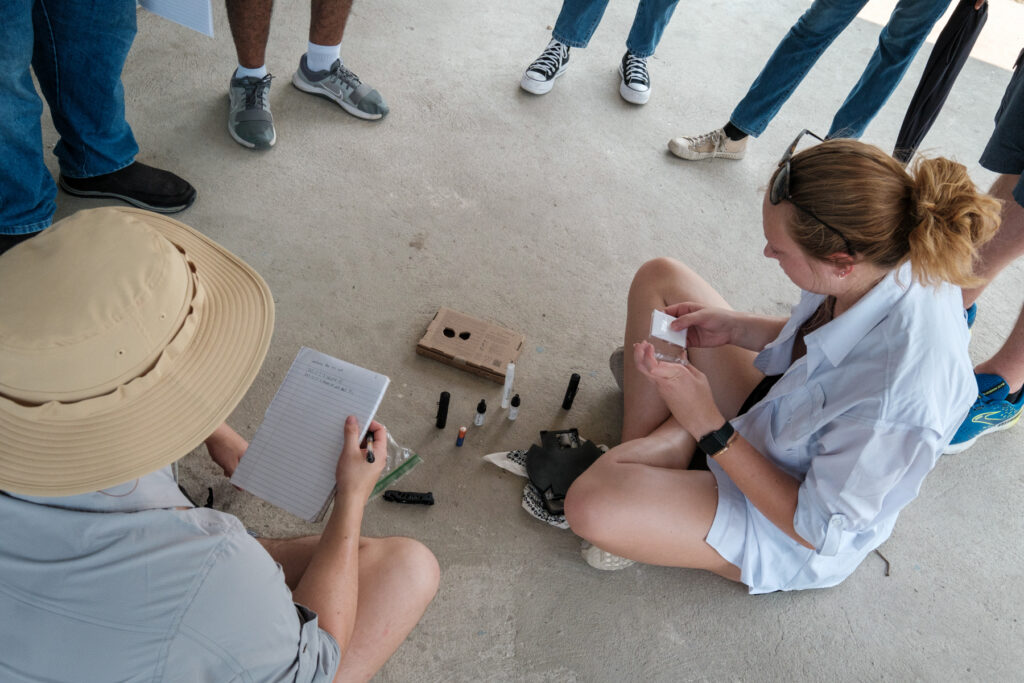
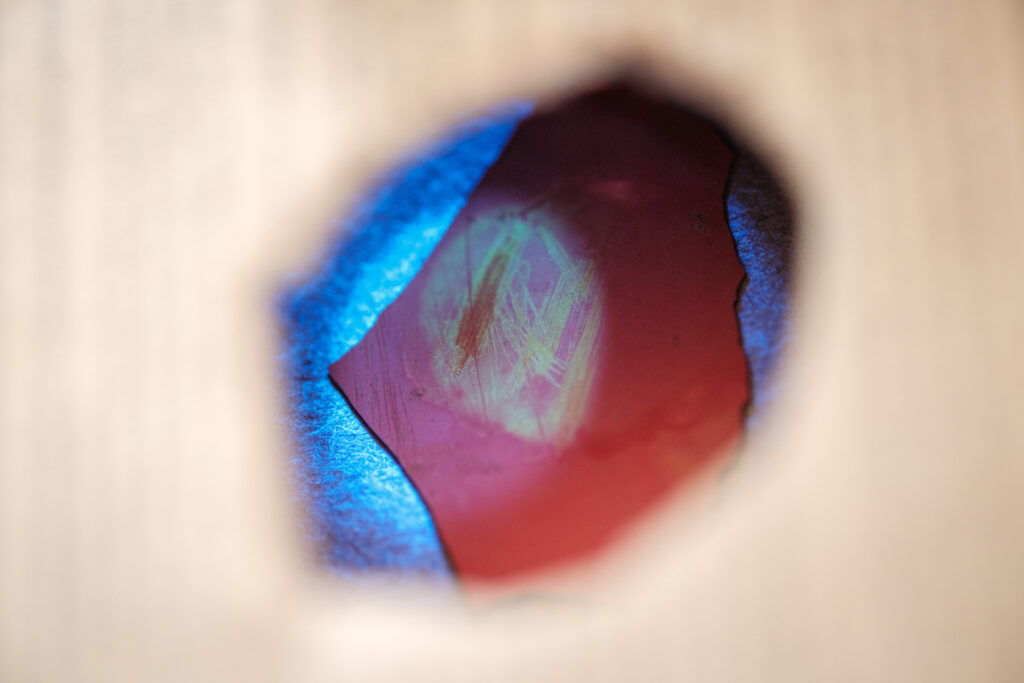
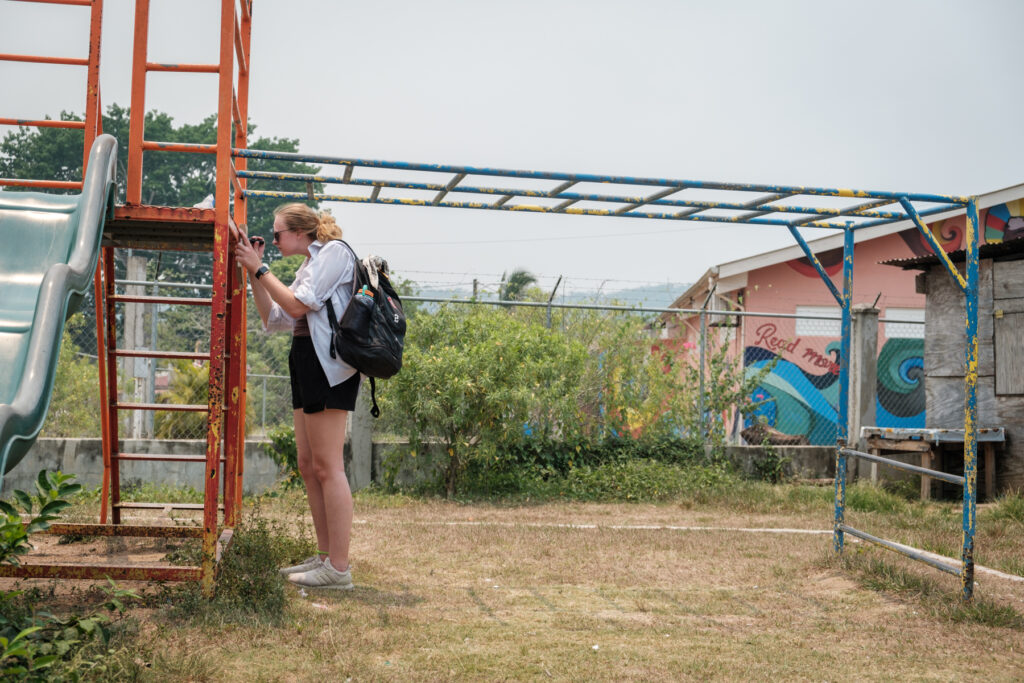
Dr. Kiefer and Dr. Caryn Seney, professor of chemistry, have received a $225,500 grant from Open Philanthropy to work to improve the accuracy of pXRF analyzers and employ them in quantifying lead in new paint in lower- and middle-income countries.
While in Belize, the team also went to Corozal Junior College, where Dr. Bauer and Dr. Khasawneh conducted training on biological water testing.
Christian Grizzle, who is graduating from Mercer this summer with a major in chemistry, enjoyed interacting with people in the field and seeing the local culture. The brightly colored murals throughout Belize depict the country’s history, culture and hopes for the future. They are an important part of the community, Grizzle said.
Grizzle learned a lot about collecting and analyzing data, as well as conveying it in a narrative that informs the intended audience.
“Fieldwork offers a completely different experience than classroom labs. In class, labs are often pre-planned and follow a set procedure, like a cookbook,” he said. “But in fieldwork, you go out, collect your own data, and then work to make sense of it. It’s a much more dynamic and hands-on approach to learning chemistry.”
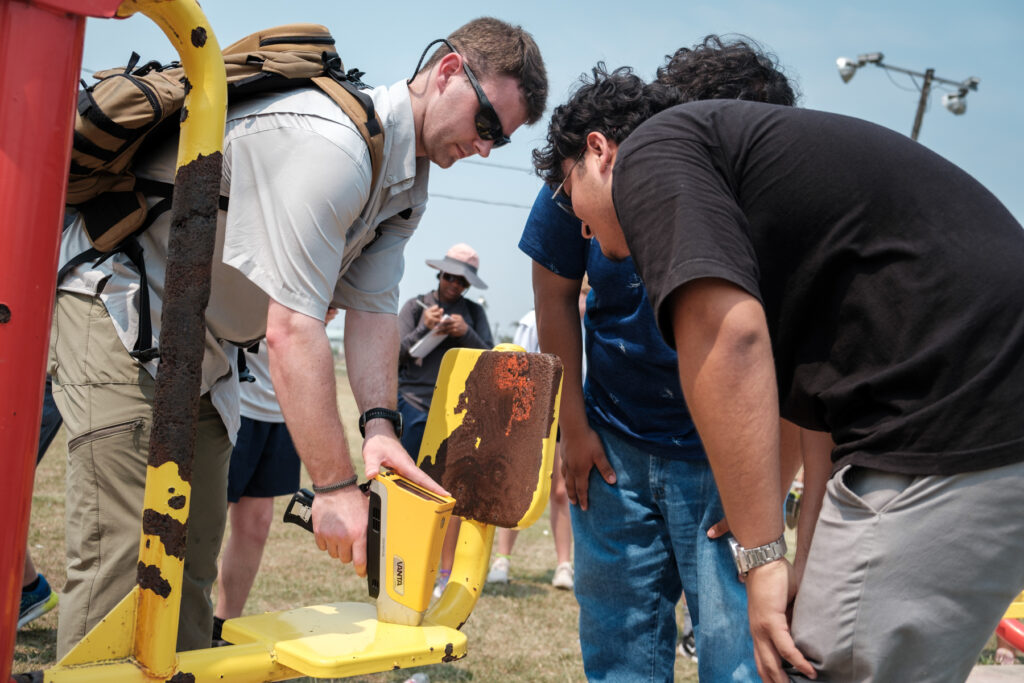
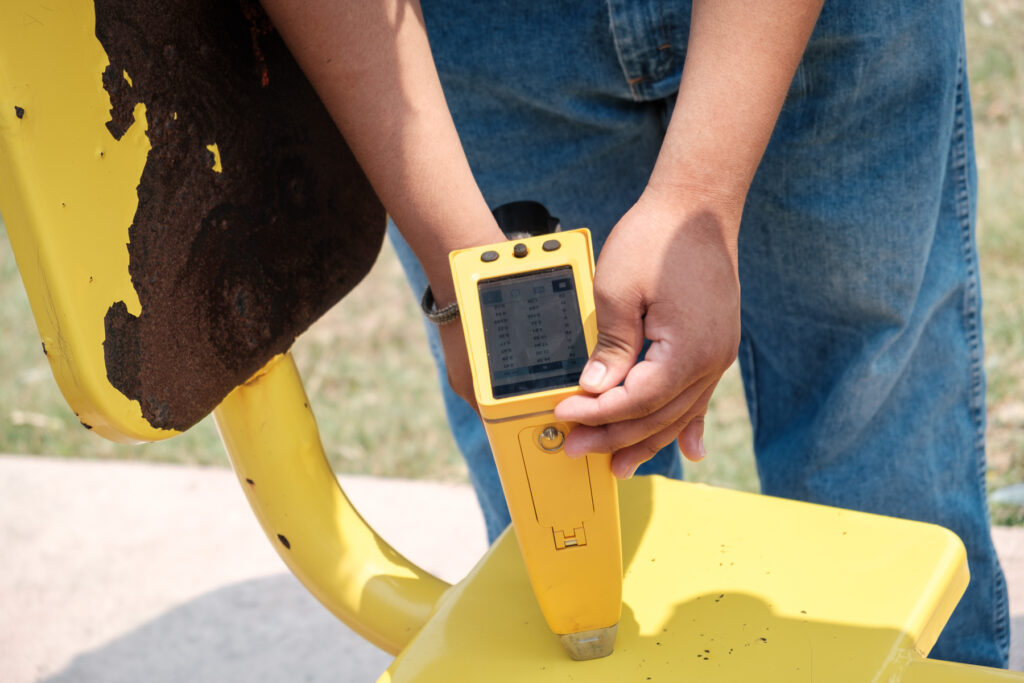
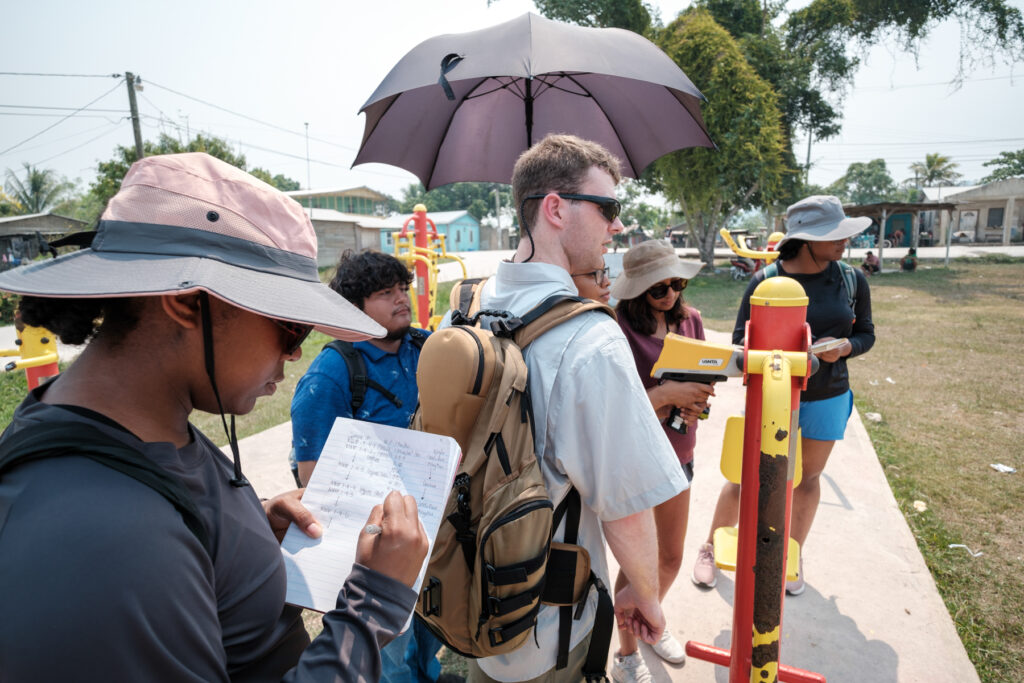
Luke Caldwell, a rising senior double-majoring in chemistry and psychology, said the heat in Belize challenged the team and its equipment. The heat index often topped 100 degrees while they were there.
Caldwell helped compile, organize and analyze the data. He tried to draw out trends, looking at paint color, country of origin and other factors.
He said he discovered a lot about himself during the program.
“I learned that I’m much more capable of adapting to situations than I thought I’d be able to,” he said. “But also, I learned how important it is for research to not just be in lab. I think I didn’t really appreciate how important it is to get out there and be in the community.”

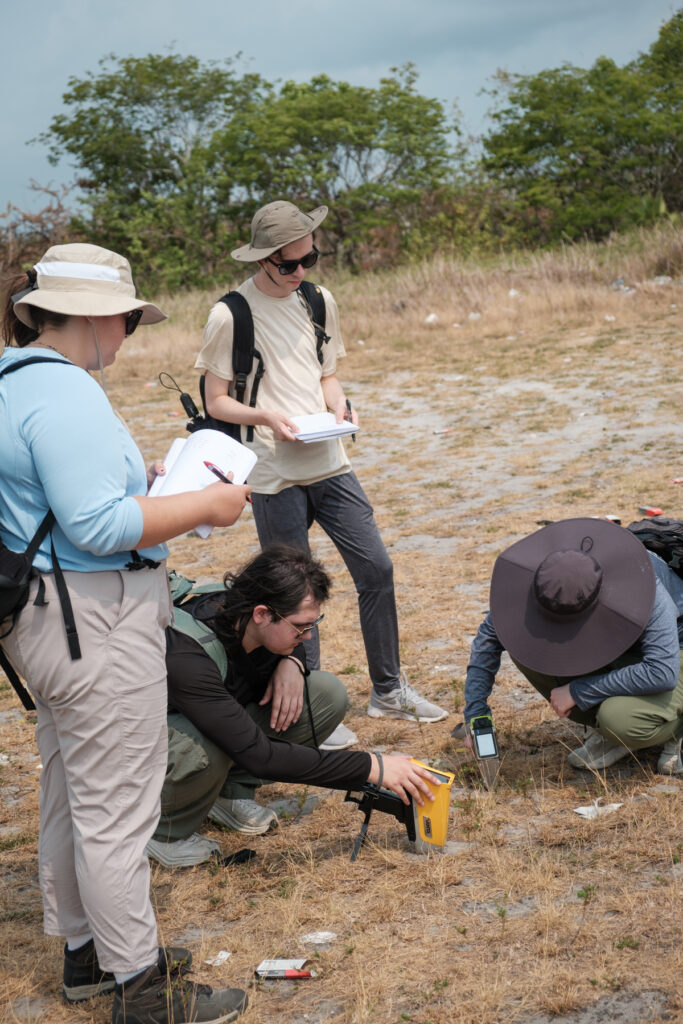
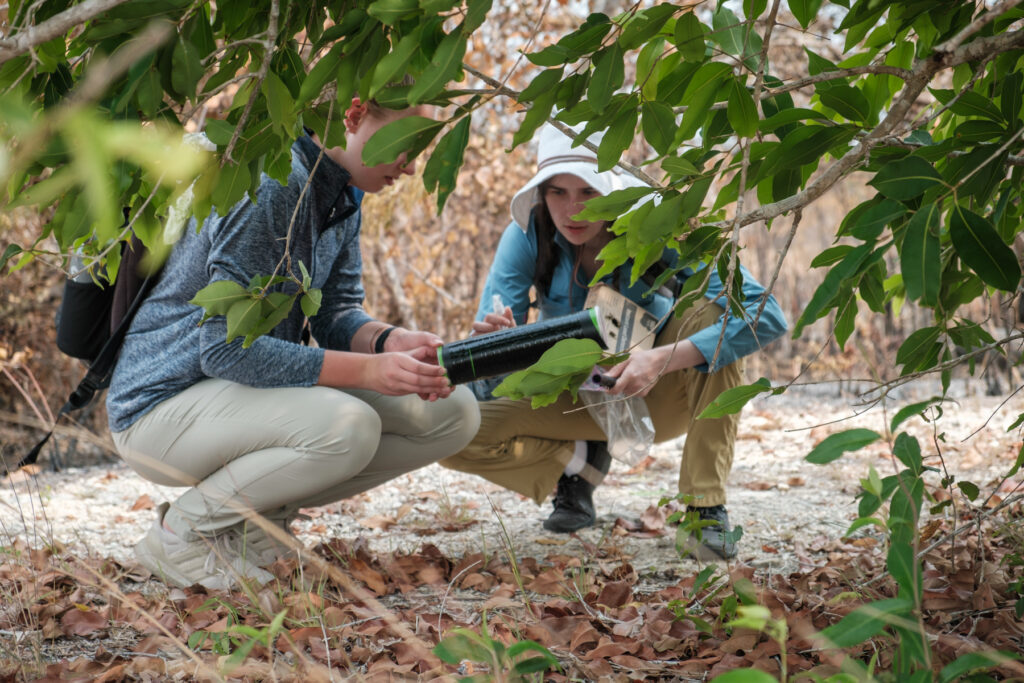
Rising senior Rafael Garcia Chirino, a native Spanish speaker, translated for the team in Belize. That including translating a talk given by Dr. Kiefer at Unidades ECOSUR in Chetumal, Mexico, and helping purchase paint from local stores.
The chemistry and Spanish double-major said he developed deep friendships during the trip and enjoyed getting to know the University of Belize students.
“You ultimately do a Mercer On Mission to immerse yourself in culture,” he said. “I think every Mercer On Mission achieves that in some way, and I think that this one did a great job at it because we were working side by side other students that were our age, who had our same interests, who also studied chemistry but were from Belize.
“I think every Mercer On Mission, you kind of have this moment where you find yourself invested in the people you’re working with, and on this trip we found that very early on.”
